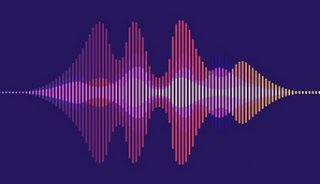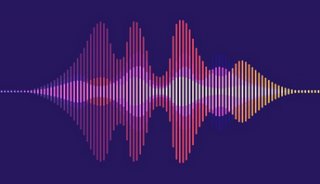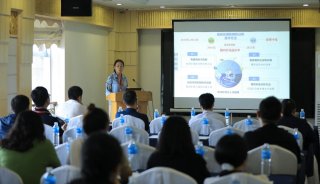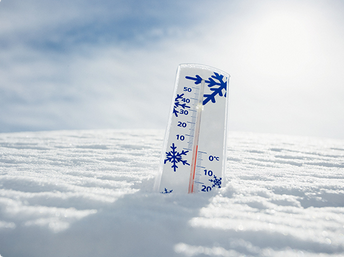土壤酶化学计量研究进展(二)


土壤(A)和凋落物(B)胞外酶活性对氮沉降的响应
该文的通信作者Robert L. Sinsabaugh更是土壤酶活研究领域的领军人物,于08年在Ecology Letters上报道了全球尺度的土壤酶活化学计量研究成果(Robert L. Sinsabaugh, et al., 2008);于09年在Nature上报道了土壤和沉积物中微生物有机养分获取的土壤酶化学计量研究成果;于12年Annual Review of Ecology and Systematics上回顾了土壤酶化学计量与生态学理论。
近期,中国科学院成都生物研究所朱晓敏等(Zhu Xiaomin, et al., 2020)以“Differential
effects of N addition on the stoichiometry of microbes andextracellular
enzymes in the rhizosphere and bulk soils of an alpine shrubland”为题,在Plant
Soil报道了氮添加对微生物和胞外酶化学计量的影响。胞外酶活性测量采用了K.R.
Saiya-Cork等创建的酶活反应体系,共计测量了高寒灌丛根际土和非根际土的4种胞外酶活性,其中,一种为有机碳分解酶(β-1,4-glucosidase,BG),两种为有机氮分解酶(L-leucine
aminopeptudase,LAP;β-N-acetylglucosaminidase,NAG),一种为有机磷分解酶(acid
phosphate,AP),用于评价微生物的营养状态。用Ln(BG): Ln(LAP+NAG),Ln(BG):
LN(AP),Ln(LAP+NAG): Ln(AP)分别表示胞外酶的C:N,C:P,N:P化学计量比(Sinsabaugh et al., 2009)。

结果表明,氮添加显著增加根际土的C、N、P分解酶活性,其中P分解酶活性增加最多,导致土壤酶的C:P和N:P比例显著下降。根际土壤酶N:P比与植物、土壤和微生物的N:P比呈负相关,说明在施氮条件下,增加植物和微生物对P的吸收,可能会逐渐加剧根际P限制。氮添加显著提高非根际土C分解酶活性,并降低土壤酶的C:N比。同时,非根际土壤酶C:N比与土壤C:N比呈负相关,但与植物C:N比无关,说明氮添加可能加剧非根际微生物C限制。

氮添加对根际土和非根际土C、N、P获取土壤胞外酶活性及其化学计量的影响
氮添加对根际土和非根际土的微生物生物量和酶活的影响以及地上-地下化学计量的相关性
关于土壤酶化学计量能否真实确定微生物的养分限制状态,也存在争议,一些研究结果与预期不符。最近,日本林业和森林产品研究所的Taiki Mori (Taiki Mori, 2020)在Soil Biology and Biochemistry上以“Does ecoenzymatic stoichiometry really determine microbial nutrientlimitations?”为题,阐述了个人对土壤酶化学计量能否真实确定微生物的养分限制状态争议的观点,赞同土壤酶化学计量理论,但鉴于纤维素只能提供C源,而几丁质、肽聚糖、蛋白质等既是N源,也是C源,如果几丁质、肽聚糖、蛋白质等作为主要C源,就需要增加以往表征N限制的酶(LAP、NAG等)去获取C。基于该认识,提出了相应的概念模型。

区分基质的土壤酶化学计量理论概念模型
参考文献
1. Dick W A. Development of a soil enzyme reaction assay[J]. Methods of soil enzymology, 2011, 9: 71-84.
2. Saiya-Cork K R, Sinsabaugh R L, Zak D R. The effects of long term nitrogen deposition on extracellular enzyme activity in an Acer saccharum forest soil[J]. Soil Biology and Biochemistry, 2002, 34(9): 1309-1315.
3. Sinsabaugh R L, Lauber C L, Weintraub M N, et al. Stoichiometry of soil enzyme activity at global scale[J]. Ecology letters, 2008, 11(11): 1252-1264.
4. Sinsabaugh R L, Hill B H, Shah J J F. Ecoenzymatic stoichiometry of microbial organic nutrient acquisition in soil and sediment[J]. Nature, 2009, 462(7274): 795-798.
5. Sinsabaugh R L, Follstad Shah J J. Ecoenzymatic stoichiometry and ecological theory[J]. Annual Review of Ecology, Evolution, and Systematics, 2012, 43: 313-343.
6. Zhu X, Liu M, Kou Y, et al. Differential
effects of N addition on the stoichiometry of microbes and
extracellular enzymes in the rhizosphere and bulk soils of an alpine
shrubland[J]. Plant and Soil, 2020: 1-17.
7. Mori T. Does ecoenzymatic stoichiometry really determine microbial nutrient limitations?[J]. Soil Biology and Biochemistry, 2020: 107816.
-
仪器推荐

-
仪器推荐

-
仪器推荐

-
仪器推荐

-
仪器推荐

-
焦点事件


























